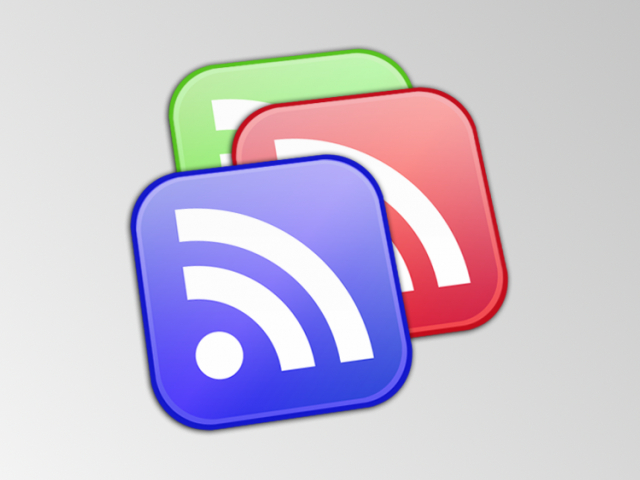

The extension will then redirect you to Feedly’s main site. If you want to add an RSS or Atom feed, navigate directly to that page’s RSS feed and click on the Feedly button in the upper-right hand side of the browser window. However Feedly announced plans to reactivate Mini in the near future, so keep your eyes peeled.Ģ.2.2 Buffer Button, Toolbar and Social Media Unfortunately, this extension no longer works properly, as of August of 2013.
#Super google reader install
Simply install the plugin (if you have Chrome) and whenever you visit a site with an available feed, Feedly Mini will display in the lower right-hand side of the screen.įrom there, clicking on the Mini icon will add the site to your repository of feeds. Seven key features stand out: Feedly mini, the browser plug-in (currently not available) Buffer Button for social media the toolbar for social media sharing the “Must Read” feature how-to add new content some of Feedly’s varying layouts a variety of custom colors and themes.Ģ.2.1 Feedly Browser Extension (NOT available)įeedly has an official Chrome browser extension that permits adding content to your Feedly account, directly from the browser. If you already have a Feedly account, you can import directly from the left sidebar.įeedly comes jam-packed with features that any beginning user will want to learn. First, if you’ve never used Feedly before, you can import all your feeds from the Feedly launch page. There’s several ways to import OPML files.

Feedly will simply ask permission to view “…basic information about your account” and, if you agree, you’re ready to begin importing feeds. After getting your account, you can then log into Feedly using Google’s Oauth protocol, which handles everything with one click. If you never used Reader, and don’t have a Google account, you can sign up for one here. If you don’t have a Feedly account, you will need to link your Google Account. If you already have a Feedly account, you will simply click on the “Import from OPML” link in the left pane and skip to the next section. Next, navigate within your browser to the Feedly website. Open the reader folder and you should see “subscriptions.XML”.Ĭlick and drag this file someplace where you can easily locate it – such as your desktop. Inside this folder should exist another folder, titled “reader”. To access this file, open the folder where your Google Takeout information lies. The file you’re looking for is “subscriptions.XML”.
#Super google reader how to
Here are some directions on how to export your Google RSS data.
#Super google reader archive
This archive file contains not just the subscriptions, but also elements that Google removed from its reader, such as friends, Buzz and shared.įirst, download and unzip the archive. To get your subscriptions, download a zipped archive from Google of your reader’s settings. If you’re jumping ship from Google Reader, you must set up Feedly using two basic steps: First, you can import your RSS feed subscriptions from an OPML file, which Google makes available through Google Takeout. After you’ve imported your OPML (if you have any) you can then add individual RSS feeds. Second, you can browse Feedly’s database of RSS feed categories. Google’s short-lived experiment led to the establishment of an entire subcommunity, such as the Sharebros, centered around the proliferation of interesting information.įor those simply seeking a new way of consuming RSS feeds, Feedly offers two methods: First, there exists an RSS feed search tool that allows you to find subjects based a specific keyword, such as “sports” or “CNN”. Users in illiberal dictatorships freely shared content with one another without fear of government retribution. For Google Reader refugees, you may remember a feature that allowed users to share content anonymously. Third, Feedly is attempting to resurrect Google Reader’s share feature in its “Must Read” category. This means that you can access your feeds from the location most convenient to you. Feedly is the only RSS aggregation service that includes both a browser interface and a first-party mobile app. For those of you using the service from a browser, Feedly possesses a great variety of extensions available on Chrome and Firefox. Second, Feedly is operating system agnostic, and the most widely used reader on the market. Fortunately, Feedly stepped in and offered to pick up Google’s slack, preventing a mass dying off of RSS aggregators and other services. When Reader died, so did the hosting service that virtually all RSS readers relied upon. Prior to July 1st 2013, Google hosted RSS feeds and provided an API key to developers interested in creating mobile applications reliant on Google’s servers as a backbone. First, it provides its own hosting service, meaning Feedly stores RSS feeds on its own servers. Feedly possesses three advantages over most other RSS aggregation services.


 0 kommentar(er)
0 kommentar(er)
